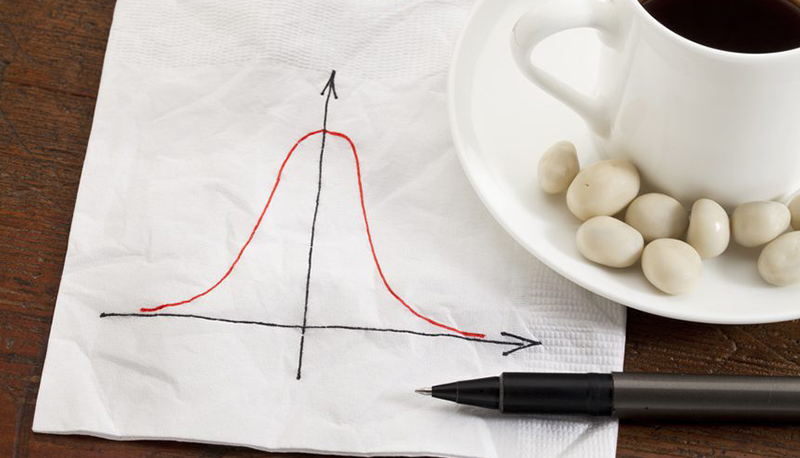
Yes – when it comes to employees, it should always be up, and never unceremoniously out. The Bell curve is now headed south, decades after GE birthed it in the prehistoric machine age – whenever that was! Another Jack Welch legacy on course to burial.
That's what finally great corporations are finally converging to. Accenture was among the first of them to banish the long–nurtured model, followed closely by Cisco. Indian IT giants Infosys and HCL Infosystems too have shunted the bell out. So has Adobe. Along the way, sometime, somewhere, GE – the pioneer of the Bell method – too heard the noise, and has begun the process of euthanizing its ‘up–or–out’ policy. Indeed, Google, Twitter, LinkedIn and many other poster boys have never used the bell curve at all and still haven–t exploded off their seams. And now Microsoft has declared it has had enough of the Bell: no more ding–dongs.
For starters, the Normal Distribution curve – or the most dreaded of the curves around – the Bell Curve –has a small number of very high performers on the right of the bell, and an equivalent number of very low performers on the left of the bell, and the high peak is filled with a large number of average performers. Once the bell is full of people, the company switches on the “Rank and Yank” performance management formula: the few on the right side of the bell become prized and are escorted away royally into the sunset; the large swathes cramming the mid–section of the bell are gingerly allowed in back with a smile that–s stingier than the raise. For those on the extreme left of the bell, there–s a guillotine awaiting. Its curtains for them in the company. “Good riddance”, the positive thinkers among them would contend.
But did the Bell Curve theory ever made sense? Yes, it did, when men worked the machines, and performance was connected directly with how many gallons or bushels did a worker produce. Productivity and performance in the smokestack era was entirely measurable, and could have been fitted with less pressure in the Bell Curve. But with the world getting smarter and industries become knowledge–driven, Bell began malfunctioning. A study done through 2011 and 2012 by Ernest O'Boyle Jr. and Herman Aguinis of 200 odd sample–groups covering 600,000+ knowledge workers, actors, musicians, entertainers, politicians, and sportspersons revealed the performance–plots in a whopping 185 of these 200 groups did not follow a normal distribution. Instead, these groups appeared following the more logical and acceptable Power Law distribution.
So is it really time to move on beyond the Bell now? Well, not exactly. Many of these companies, who've abandoned the Bell, haven't really done it altogether. The last we heard, they're busy building their own, less scarier Bell variants after a tear–down analysis of the GE–fossil.
TMI NewsDesk. Research by CredForceDiscover how AI is reshaping talent management with key insights on:


CredBadge™ is a proprietary, secure, digital badging platform that provides for seamless authentication and verification of credentials across digital media worldwide.
CredBadge™ powered credentials ensure that professionals can showcase and verify their qualifications and credentials across all digital platforms, and at any time, across the planet.

Please enter the License Number/Unique Credential Code of the certificant. Results will be displayed if the person holds an active credential from TMI.